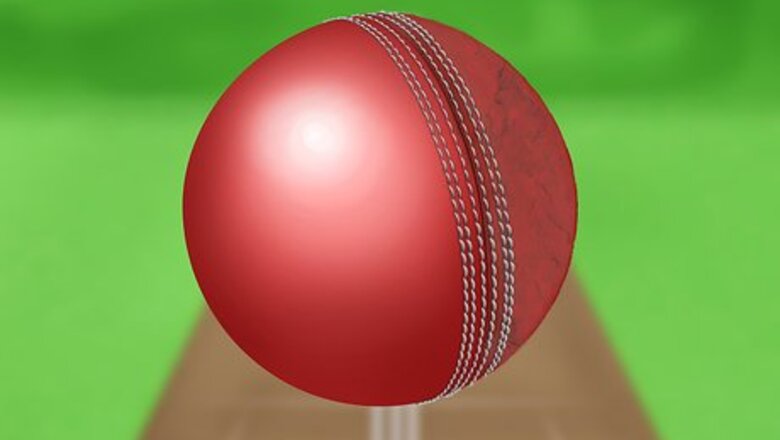
views
Bowling with Conventional Swing
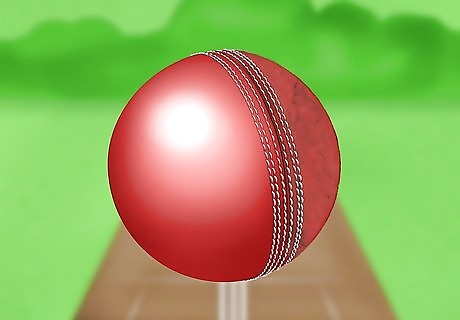
Use a new ball. Cricket balls swing best before they experience any wear and tear. It should have a prominent seam, and one side that is very shiny.
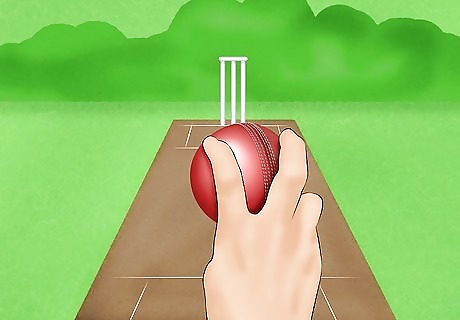
Hold the ball along the seam. Grip it with your middle and index fingers on either side of the seam, with the ball resting on your thumb and third finger. The shiny side should be facing in the direction of the batsman.
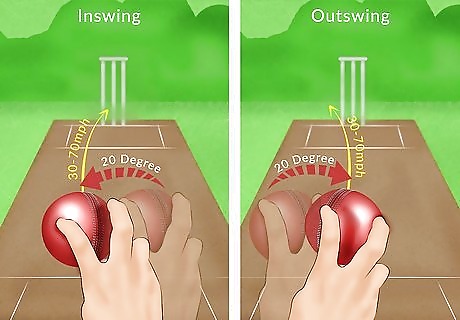
Release the ball with the seam pointing in the direction of the swing. A ball that swings from the leg side toward the off side is an inswing, and a ball that swings from the off side toward the leg side is an outswing. To bowl an inswing, release the ball with the seam pointed at about a 20 degree angle towards fine leg. The last point of contact with the ball should be your middle finger. To bowl an outswing, release the ball with the seam pointed at about a 20 degree angle towards the slip fielders. The last point of contact with the ball should be your index finger. A conventional swing will work best between 30 and 70 mph.
Bowling with Reverse Swing
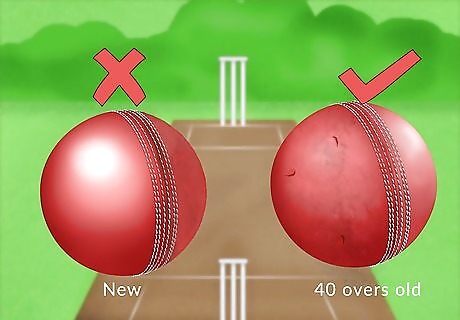
Use a ball 40 or more overs old. A new ball will swing naturally in a conventional direction, but at about this age, wear on ball changes its aerodynamics. It begins to swing in opposite direction of seam, towards the shine.
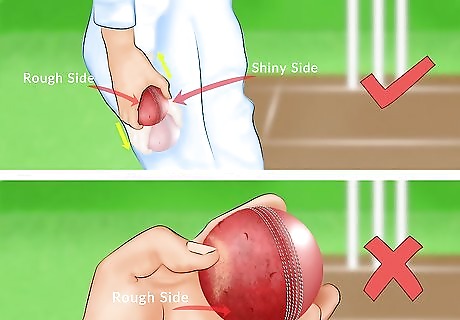
Keep the ball in good shape. Reverse swinging works best when the smooth side of the ball is very smooth, the rough side is very rough, and the seam is prominent. Continually polish the smooth side of the ball during play. Keep in mind, however, that scratching the rough side constitutes tampering, and is illegal.
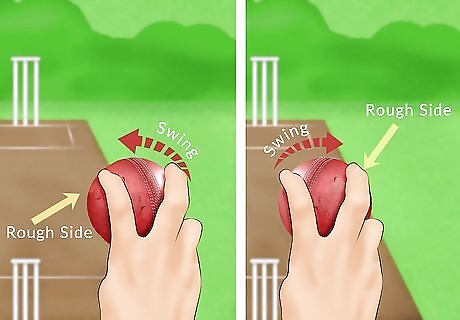
Hold the ball along the seam. Grip it with your middle and index fingers on either side of the seam, with the ball resting on your thumb and third finger. The rough side should face the direction of the swing.
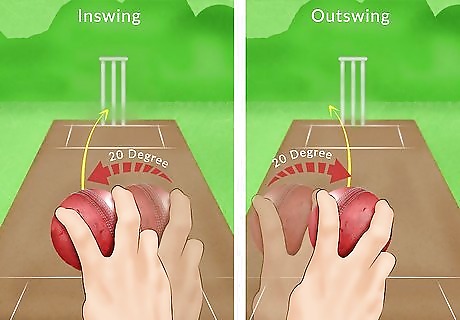
Bowl as you would a conventional swing, but with the sides of the ball reversed. This means the shiny side will now be facing away from the batsman. The difference between a conventional swing and a reverse swing is that in the former, the ball swings in the direction of the seam, while in the latter it swings in the opposite direction. To bowl an inswing, release the ball with the seam pointed at about a 20 degree angle towards the slip fielders. The last point of contact with the ball should be your middle finger. To bowl an outswing, release the ball with the seam pointed at about a 20 degree angle towards fine leg.The last point of contact with the ball should be your index finger. Bowl hard. The faster you are able to bowl, the more effectively you will be able to achieve a reverse swing. The speed necessary also depends on the state of the ball; the rougher the rough side of the ball is, the less speed you will need.
Bowling with Contrast Swing
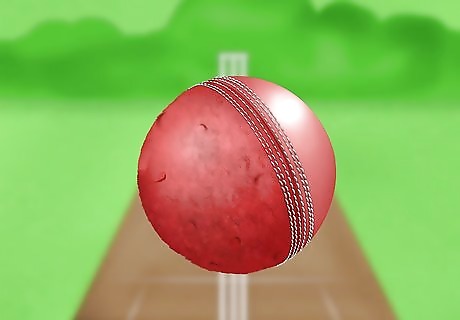
Use a ball with a prominent seam. As with conventional and reverse swings, one side should be distinctly shiny, and the other side distinctly rough. Keep the ball as dry as possible.
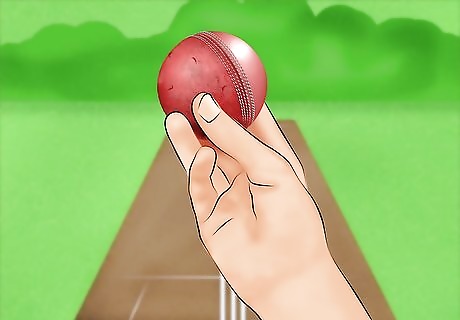
Hold the ball along the seam. Grip it with your middle and index fingers on either side of the seam, with the ball resting on your thumb and third finger.
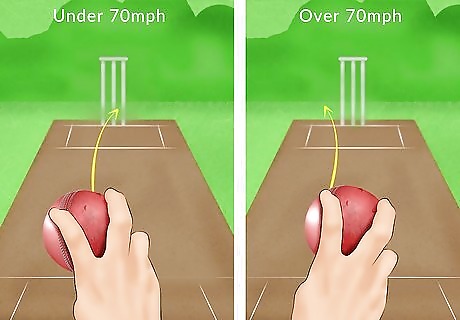
Bowl with the seam pointing straight down the pitch. The direction of the swing will be determined by the speed at which you throw. At a low speed (under 70mph), the ball will swing toward the rough side. At a high speed (over 70mph), the ball will swing toward the smooth side. Note that the exact speed that determines the direction of the swing will vary based on the amount of wear on the ball.




















Comments
0 comment